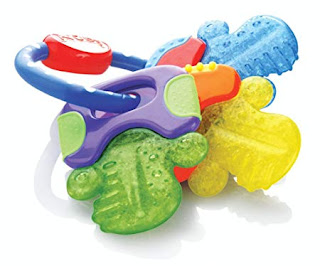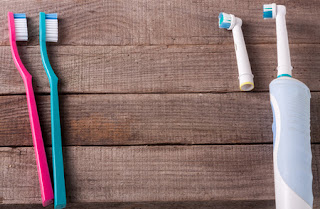
The Peadiatric Dentistry Blogpost, drew a lot of interest.
And once again it is my Mommy panel who had a flurry of questions. So one mother wanted to know: "Should my child be taking fluoride tablets or not?"
FLUORIDE
I wrote a post on Fluoride two months ago. But here is a recap.
Fluoride is the ingredient in toothpaste that strengthens teeth and prevents cavities from forming. It is also a mineral that occurs in some natural water sources and certain foods, such as fish, salt and milk. So Fluoride plays an important role in healthy tooth development and cavity prevention.
Fluoride combats tooth decay in two ways:
- It is incorporated into the structure of developing teeth when it is ingested.
- It protects teeth when it comes in contact with the surface of the teeth.
KIDS FLUORIDE NEEDS
So how much fluoride do kids' need?
In general, kids under the age of 6 months do not need fluoride supplements. If you live in non-fluoridated area, your doctor or dentist may prescribe fluoride drops, tablets or vitamins after your baby is 6 months old. The dosage depends on how much fluoride naturally occurs in the water and your child's age. Only kids living in non-fluoridated areas or those who drink only non-fluoridated water should receive supplements.
South Africa’s water supplies are not fluoridated. In Cape Town, the levels of fluoride in the water are much lower than the optimal level required to prevent the formation of cavities.
In such cases where fluoride levels in the drinking water are low, fluoride supplements can be of value. These supplements are an effective way of reducing the incidence of cavities in children who are at high risk.
In Cape Town, the recommended dosages would be as follows:
- 0 to 6 months: none
- 6 months to 3 years: 0.25mg
- 3 to 6 years: 0.5mg
- 6 to 12 years: 1 mg
Listerfluor: 5 drops = 0.25mg
It is better for the child to suck or chew the tablet instead of swallowing it. In young children, however, the tablet should be finely crushed and dissolved in water. The longer the tablet is in contact with the teeth, the more beneficial the effect.
Fluoride drops would be the better option in very young children, as they are unable to chew or swallow tablets. There is always a possibility of overdosage with these supplements and with this there is a risk of developing fluorosis of the permanent teeth. Parental supervision is therefore assential.
CONCLUSION
My personal opinion on this whole question is that fluoride supplement should ideally be prescribed to children who are at a high risk of tooth getting decay. And only if the primary drinking water has a low fluoride concentration. The decision to prescribe supplements is based on the child's individual need. I would advise mother's to consult a dentist first, before giving their children fluoride supplements.
I'm sure this article have been of some help. Don't forget to fill out a comment or any other questions you may have in the space below.




























